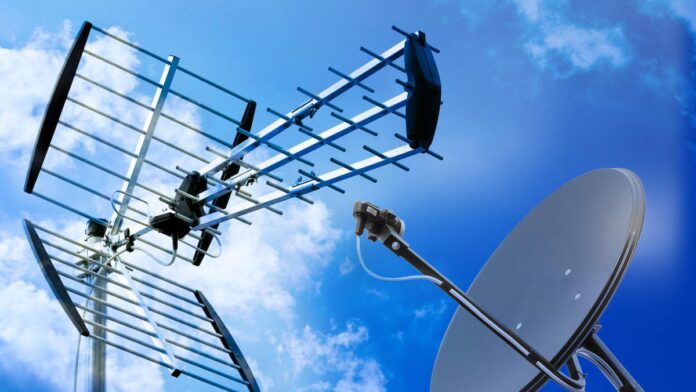
Accessing all the channels you want to is not a luxury anymore. We need the TV to learn more about the things that are going on around the world, it helps us learn more about the ocean and the stars, and younger generations can even educate themselves by watching the right channel. There are a lot of different types of television nowadays, and aerial or antenna TV is one of the most popular ones. However, there are a lot of aerial types as well, so it can be a bit hard choosing the one that offers all the features you need.
If you are thinking about installing aerial TV in your home, you have a lot of possibilities, but not every type is the best one for you. In this article, we are going to give you more information about the most popular units, and how they can help your specific situation. Follow our guide if you want to make the right choice and not regret it later on.
LPA
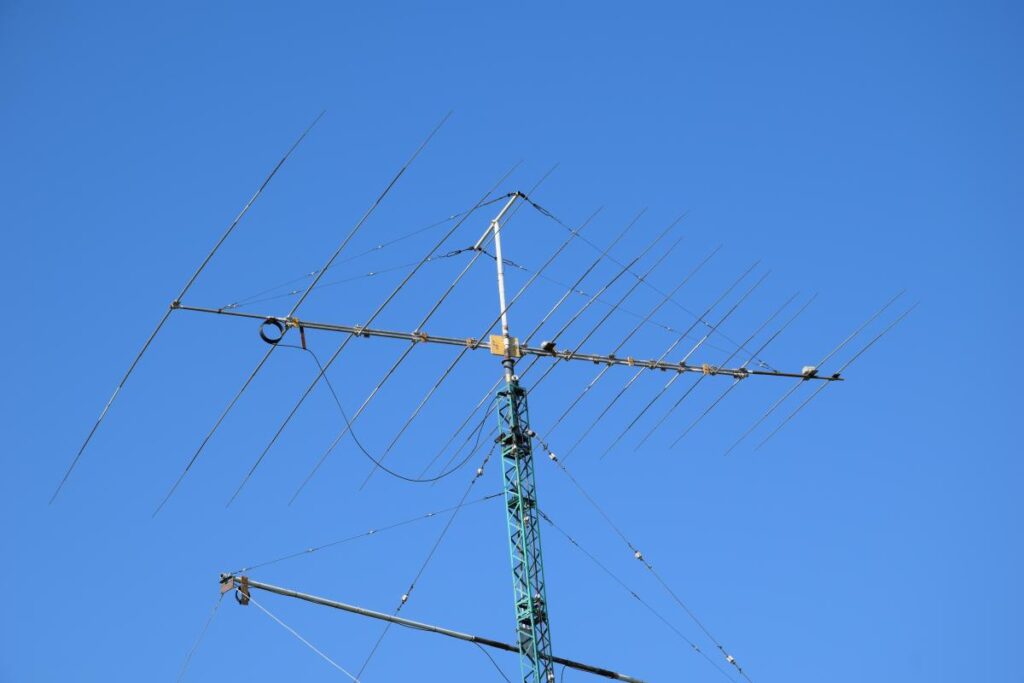
The reason why the Log Periodic antenna, or LPA, is so popular is that it eliminates and rejects any impulse noise that leads to the signal breaking and TV static. The flat frequency response that it produces is great for balancing the signals, so you will have no issue accessing all the channels you want.
If you live outside of the city, and if there are no provider towers anywhere near you, you may want to look for a different type of television aerial. The Log Periodic aerial works wonder when the signal is strong, but in case of a weak signal, you will have a lot of issues.
Yagi
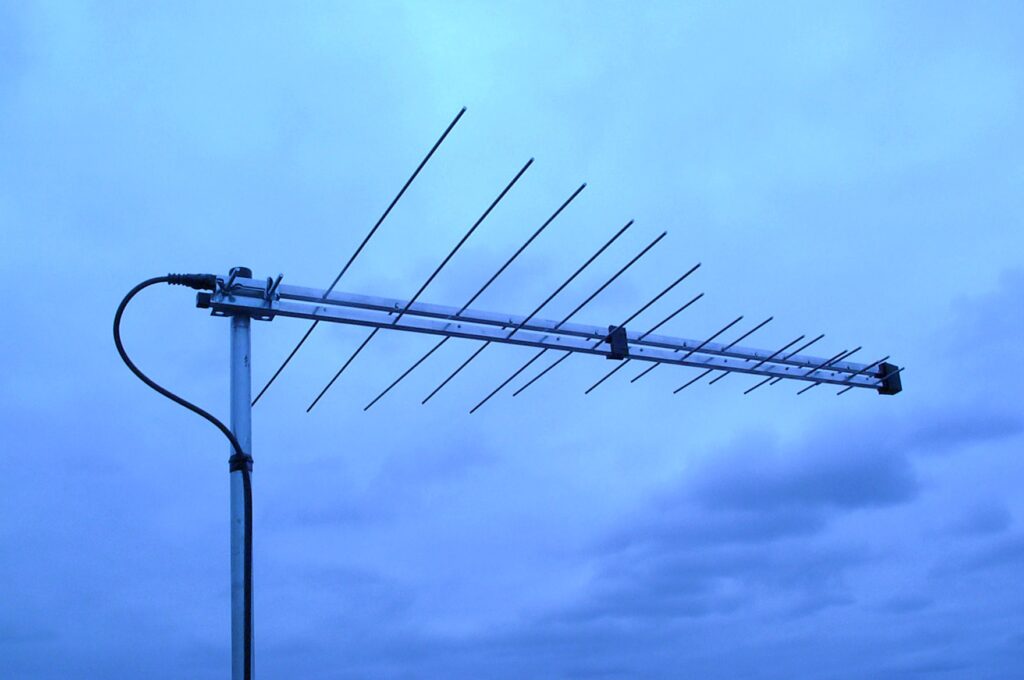
This is the most commonly used antenna in many parts of the world. According to tv-aerials-uk.co.uk, it is popular in the United Kingdom and different parts of western Europe, but it is also used on other continents as well.
Even though these are several models of it, they look similar. It has one long rod, and smaller elements come out of it. This antenna eliminates most of the frequencies that could disrupt the signal and it provides a clear picture no matter how far the reception tower is, or how bad the weather is.
High Gain
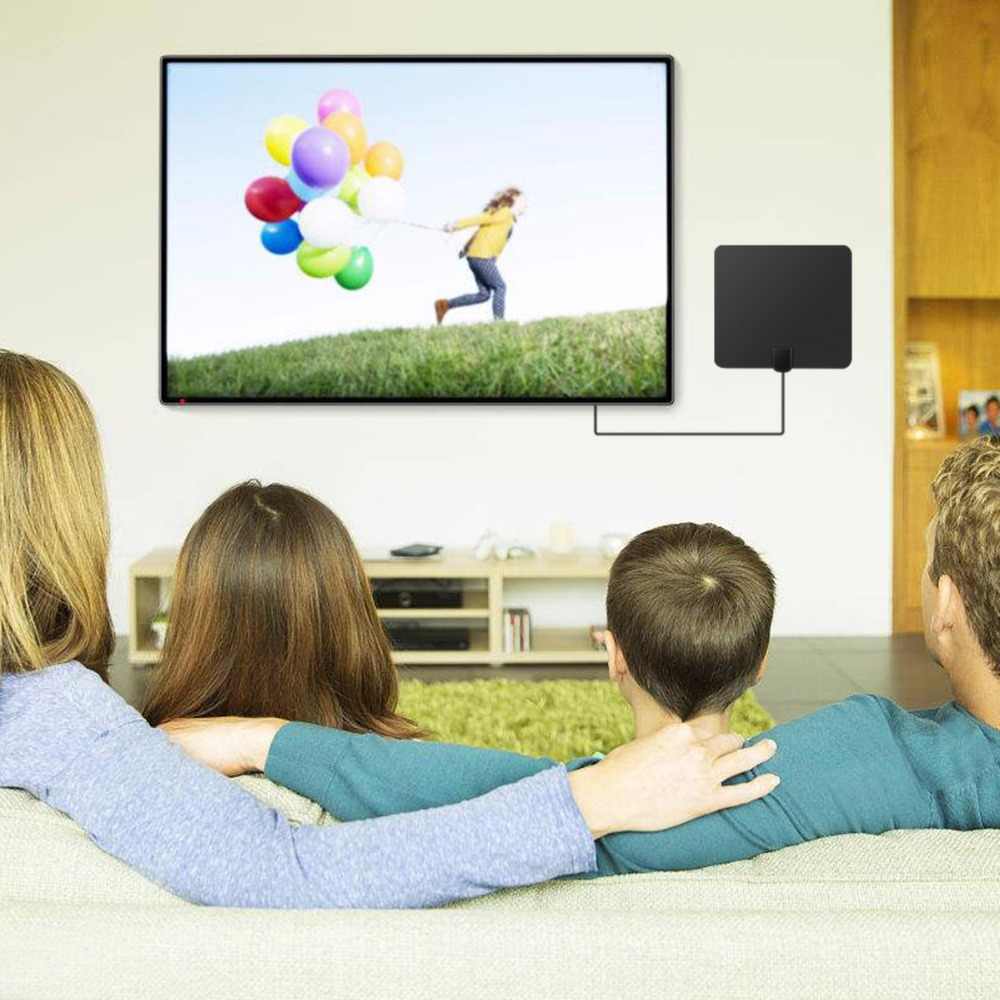
If you live in a rural area, and if you want to boost the signal, then you should go with the high gain aerial. This is a far better option than the previous two types in case you don’t have a provider tower anywhere near you, and you want to be able to watch TV without static or pixeling.
These units are bigger than the rest, and that is part of the reason why they can intercept the signals that are really weak. Use a boom arm to make the signal even stronger, just make sure the aerial is positioned on the top of the arm.
Multi-Boom
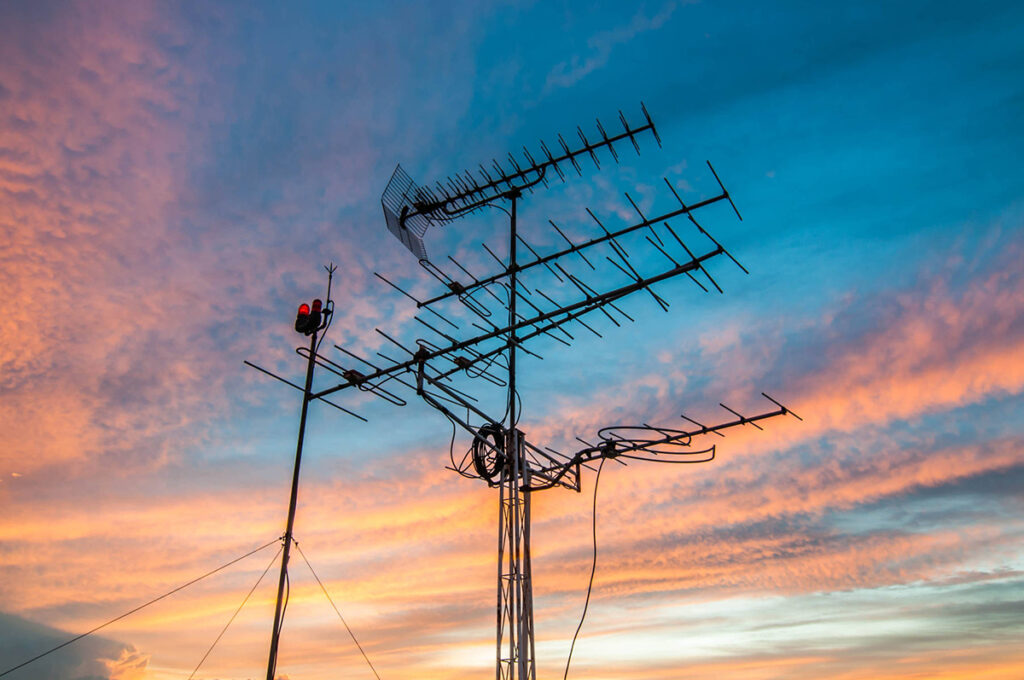
A similar design like the high gain, and as suggested by aerialandsatelliteexpress.co.uk, these units have several booms that can be positioned at different angles. The way this helps you is that you don’t have to wonder where the tower is, and how to intercept the signal.
There are a lot of different models that you can find with this antenna type. One of the best things about it is that you can add even more elements to the existing device that will additionally boost the signal and make it easier for you to access all the channels.
Network
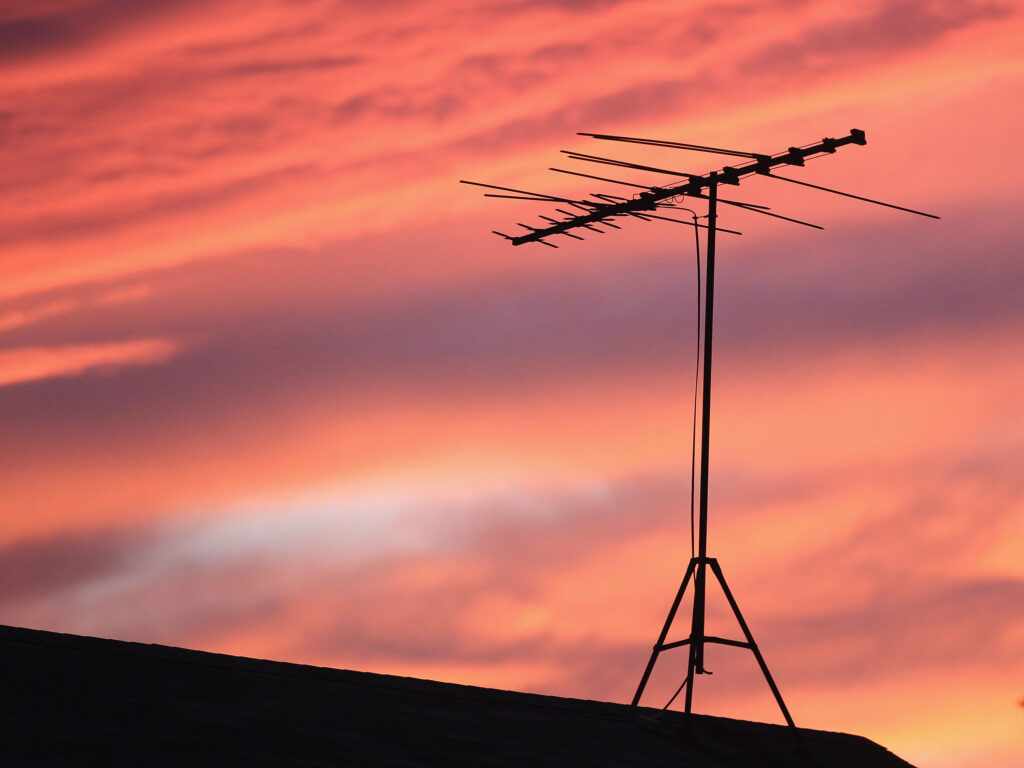
These are the most affordable units you can find anywhere on the market. Even though they are pretty cheap, they are not the best option if you want to have a lot of channels.
The grid devices were commonly used in the past, and they are still great nowadays if you live in the city or close to a tower. When installing them, you don’t have to worry about a lot of things. They are extremely easy to install, but you have to pay attention to the position of the antenna.
Wideband
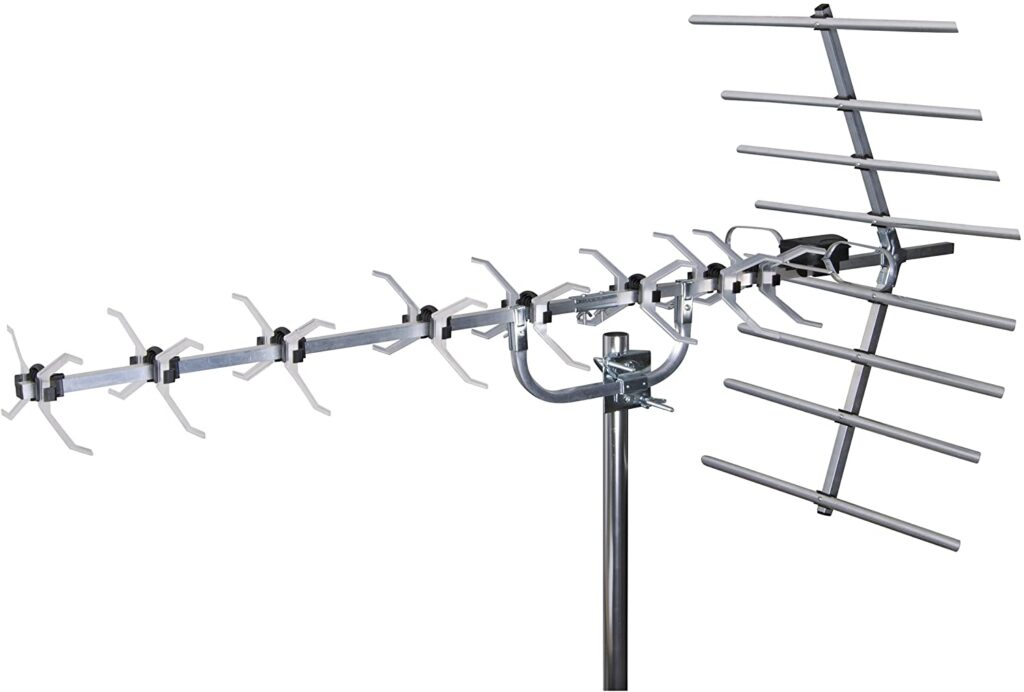
WB or Wideband antennas are the things most people go for nowadays. The reason why this is is that they can be installed on any device or transmitter you may have. The signal strength is fantastic, and there are many different sizes available in case you live in a smaller apartment, or you cannot install them on the roof.
Another benefit from the WB antennas is that they don’t allow signals to mix, so even if you live in a big city where everyone around you used a different antenna, you won’t get the signals from other devices and you will never experience your signal breaking. There are several different groups of the WB antennas, and you may want to do some research before choosing the right group or type for your needs. Currently, the most commonly used models give you a frequency between 470-790Mhz, which means they cover most of the signals and channels you want to access.
Other devices you might want to look into include:
– Contract
– Indoor
– X Type
– Loft
These are the most popular types of aerial television, and now you know which one would be the best fit for your specific situation. Consider all of these things before deciding to make a purchase, and remember that the installation process, in some cases, maybe more complex. If you are not sure what the right antenna is, you can always contact a professional service, and ask for their opinion.
When installing the antenna, always pay attention to where you place it. It is best if it is positioned on the roof of your house, but if you cannot do that, then put it as high as possible, for example, near the ceiling. If you have a sunroof, then use it to boost the antenna signals. You should also place it near a window and turn it so it faces the provider tower. Don’t keep anything metal near it, and try to put it at least 6 feet from any electronic device you may have in the room. All of these things will boost the signal and they will prevent any interference.








